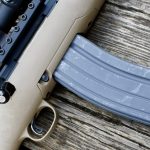165 – Advanced Safety | Thinking Beyond the 4 Firearm Safety Rules
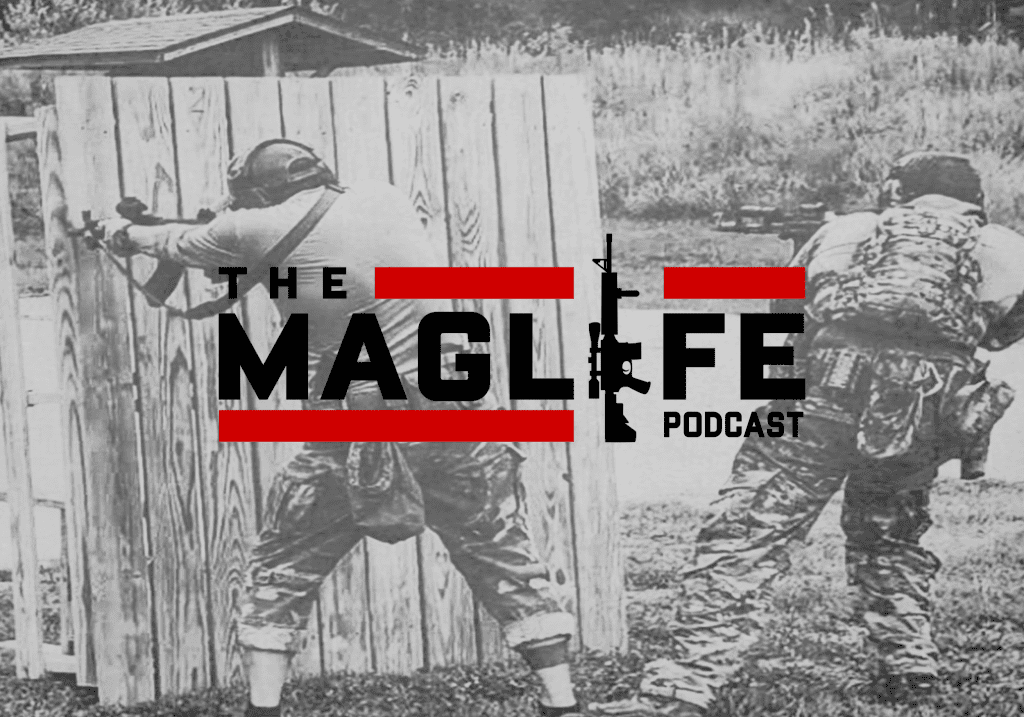
In today’s episode of The MagLife Podcast (formerly Gunfighter Cast), our discussion involves safety in the context of fighting with a gun. The 4 rules of gun safety are often taught from a “going to the range” or “attending a class” perspective, but they must be maintained when the fight is on as well. A self-induced Bad Thing is just as bad on the two-way range as it is in practice.
How complex can the fight be? How should you structure your training to address the most likely scenarios that might require you to defend yourself with deadly force?
You must control what you can control, hold yourself accountable for your own physical safety, your own personal weapon handling, and learning to fight realistically while following safety rules, such as the commonly used 4 rules of gun safety. That is advanced safety. That is advanced gun-handling.
Some of the terminologies used for the so-called “fundamental rules” have changed over the years, such as the rules that Daniel and Varg use, but the necessity to understand advanced gun-handling, to be viscerally aware of your trigger finger, your muzzle, your foreground and background, and all other surrounding factors — none of those have. Nor will they.
Podcast Host: Daniel Shaw
Co-Host: Varg Freeborn
Producer and Transcriptionist: Leah Ramsden
Check out some of the main topics discussed below:
- 1:55 it gets complicated
- 3:40 navigating unpredictable movement
- 6:13 look like a good guy
- 11:30 high ready vs low ready
- 12:39 artificiality of training
- 14:41 aiming cold guns
- 18:40 DS rule #1
- 20:12 VF rule
- 25:00 muzzle positioning
- 26:23 DS rule #2
- 28:30 safety
- 31:47 know your target
- 32:59 gas station example
- 37:13 get online with your partner
1:55 VF says,
“I prioritize what I teach, by what I think is important through my experiences. Having seen a lot of violence and having been around a lot of really poor gun handlers in violent situations…[T]here were a lot of things that I picked up on that I incorporate into what I teach very naturally;
If you’re talking about fighting with a gun, the most important aspect is to not add more harm to the situation than is already there.
The way that we make a situation worse, is by not adhering to a level of safety that is conducive to keeping people safe.
The standard safety rules, the big 4 that people use, or the 3 from the NRA, those are circumstantial … and there are modifications that need to be made. I know a lot of people don’t like to stray from that because it ‘gets too complicated’. But fighting with a gun is a complicated thing, and if you can’t think on a somewhat complex level, then your ability to operate under pressure is probably not going to be that great.”
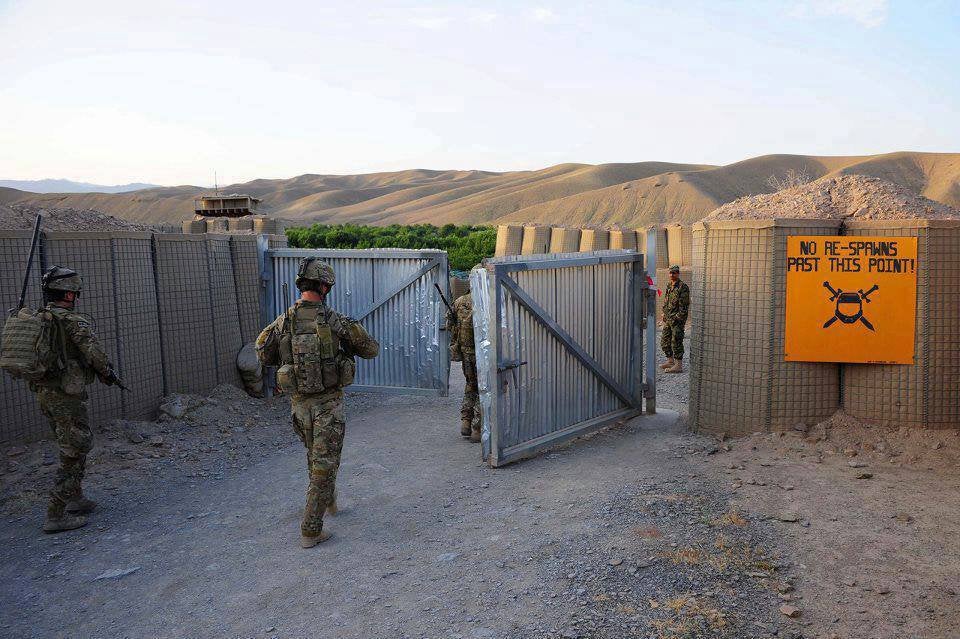
This is true in every aspect of life. Every bullet has a potential life attached to it. Proper gun handling is of paramount importance no matter where you’re walking out or stepping off — or for that matter why you picked up that weapon in the first place.
3:40 VF says,
“When I have a weapon out in a public situation: One of the biggest concerns is, how do I move around other people who’re moving unpredictably?”

Safe gun-handling will likely become more difficult in an actual deadly force encounter. This is a screenshot of a church service in Texas from December 2019. It shows a man who shot and killed two people before two members of the church security team shot and killed him. Muzzle awareness and backdrop are obviously of great significance here.
“The security guys were armed and they drew their guns out. One guy nailed the bad guy from the back of the church and put him down, but he had already shot 2-3 people. It was the aftermath that we can learn the most from. You see all these security guys, and they pull tier firearms out in a church full of scared people because people had just been shot. So, people are panicking, some are on the floor, some are standing up, some are frozen, some are beginning to move. And you got guys running through the room with their pistols out, pointed in all these different directions. There’s no standard of movement and control amongst this group of people.”
“Mitigating risks is easy to do, if you train for it.” -VF
Look and Sound like the Good Guy
6:13 DS Says,
“To the observer, to someone entering that room who just heard gun-shots and knows people have been shot and they see someone mishandling their firearm… that does not put in my mind that this person is well trained… my first thought may be, that looks like that bad guy. I’m a big believer in looking and sounding like a good guy when you have a gun out in a public environment. That is a part of safety. Not necessarily weapon’s handling, but it totally ties into weapons handling.
Or, you see someone moving with a purpose, handling their weapon in a way that is safe for everyone around them, and safe for themselves in a way that looks like they have some level of training and understanding of what to do when the gun is out in a public environment. Officers tell me all over the country that he may get commands, but he’s not getting bullets.”
4 Rules of Gun Safety
As Daniel Shaw instructs them.
- Be relentlessly aware of your muzzle ensuring it is always pointed in the relative safest direction.
- Keep your finger off the trigger and outside of the trigger guard until you are on target and have made the conscious decision to fire.
- Keep the weapon on safe until you are on target and have made the conscious decision to fire.
- Be certain of your target and that its foreground and background remain clear.
Example: Muzzle Awareness
8:25, VF says,
“If we talk about muzzle control during movement, and we talk about ways to manage your space, manage the muzzle, keeping control of the weapon. If there’s going to be contact or you’re in a potentially contact situation. How to achieve two-handed control on the weapon with muzzle control.
…One of the big things I talk about, is manipulation. Sometimes you have to manipulate your weapon in a downward position. Sometimes it needs to be up. To be able to change like that on the fly, and understand how to manipulate your weapon in those different positions, as the environment dictates, is truly a mark of someone that’s accomplished with their weapon [handling].”
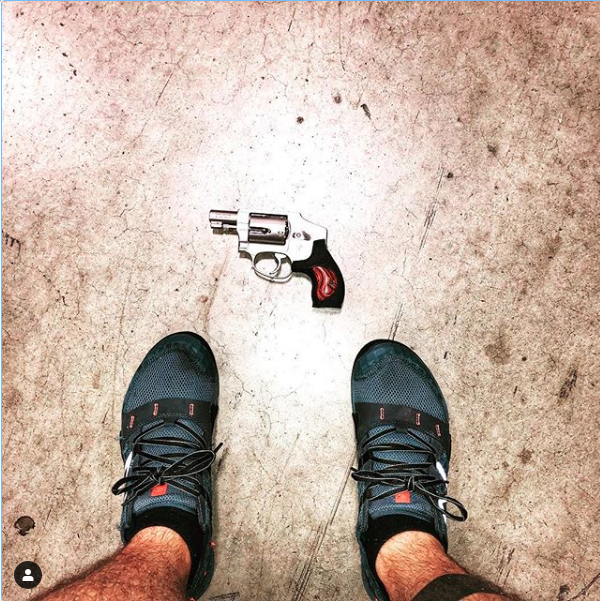
There have been so many accidents throughout the years by guns that are understood and thought to be unloaded. That mindset that my gun is unloaded, so I can treat is differently now, is a horrible mindset to be in for any kind of weapons handling. -DS
9:46 DS says, “I need to be carrying, transporting, ready to deploy my gun in a way that is safe for me, safe for everyone else around me, but still, lethal for the bad guy.”
12:52 VF gives an example;
You’re at Dairy Queen, and active shooter breaks out, and there’s a whole baseball team of seven-year old’s having ice-cream. Sole position and muzzle down, is probably not going to be cool with a bunch of 3-foot-tall humans running around.
…you should think constantly, what does my environment call for me to do to keep this safe for me, and others around me, while still being effectively dangerous for the bad guy(s).
14:45 DS says, “There has been so many accidents throughout the years by guns that are understood and thought to be unloaded. That mindset that my gun is unloaded, so I can treat it differently now, is a horrible mindset to be in for any kind of weapons handling.”
Daniel & Varg Discussion on Safety Rules
18:40 DS reveals his rule #1,
“My rule number one, no matter what situation you’re in, whether you’re in a house or a gas station, whether you have your child in front of you and you have to draw your gun, no matter what’s going on, be relentlessly aware of your muzzle, ensuring it’s always pointed in the relative safest direction. … a safe direction is relative to yourself, everybody else, and your bad guy.”
“My number one rule in the safety briefing is that; it is your responsibility to always know the condition of your weapon at all times, no exceptions. -VF
Ex:
“You can be in a situation where you’re cleaning your weapon and [then] you’re loading it, then you hear your child screaming from outside in bloody horror. You run out and they’ve fallen and ripped their knee open. There’s this big drama and your mind is now completely distracted. [Meanwhile], Number one, there’s a loaded weapon, unholstered laying on your workbench. Number two, will you remember the gun’s condition when you come back to it?”
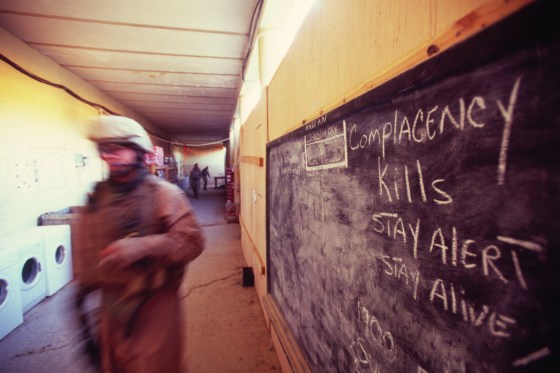
It is not limited to just situational awareness and being switched on. Complacency kills, overseas at home. On the job, on the street, at the range, in the home. A responsible gun owner or gun-carrying professional strives to avoid complacency in training, in gun handling, in anything whatsoever do with that weapon.
20:12 VF explains another rule [one that isn’t in the standardized “4 Rules of Gun Safety”]: “Don’t handle a weapon unless it’s in your master grip…
It’s master grip, full muscular control, intentional awareness of the gun when it’s in your hand. That’s how we start knowing the condition of the gun at all times.
This is a complex situation and you have complex problems that you have to solve when you’re going into a fight with a gun. And it’s [going to] get very, very confusing for some people if you’ve never trained before. If you have to jump into a home defense situation, there are moving parts that you don’t understand or have never thought about before. In the midst of all this coming at you, you still have to intentionally control that gun and have complete control over yourself at the same time…. This requires constant practice.”
26:23 DS next rule:
“Keep your finger off the trigger and outside the trigger guard, until you’re on target and you have made the conscious decision to fire. Your finger doesn’t go on the trigger while changing levels, or [when you’re] moving from position to position. Your finger should only be on the trigger when you’re in the act of shooting…The last thing I’m going to do is flip the safety down while not even losing time on this. You have a skill deficit if you believe the safety slows you down. If it does, you need more training.
31:47 VF says, “You should always know your target, what’s behind it, what’s in front of it, and what’s flanking it on both sides. As shots start firing and people start panicking and running, how many people could run in your line of fire?”
How many guns in the fight?
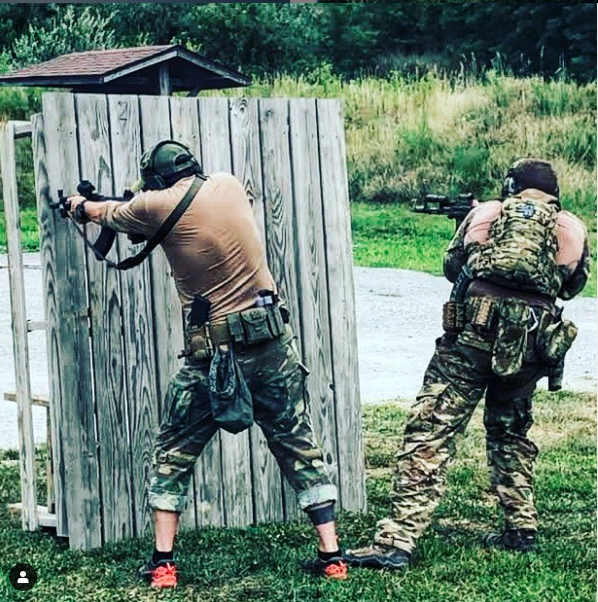
If I’m not online or I don’t allow my partner to move online and I’m not being a good partner. I am bringing more risk to myself. You have to do your best to allow everyone to get in that fight. It’s going to keep you safer and everyone else around you. -DS
40:10 VF responds, “Absolutely, and that’s the kicker right there; the compounding of combat power. Bringing the biggest force you can to the fight. If you cut your partner out of it, you’re endangering yourself more, because there’s one less gun in the fight.”
Final Thoughts
We hope this episode of The MagLife Podcast has inspired thought beyond the surface of safety rules as they are often presented and discussed. If you have any questions, comments or ideas send us an email or comment on this post. We would love to hear from you.
Podcast: Play in new window | Download
Subscribe: Apple Podcasts | Spotify |
Gunmag Warehouse’s own Director of Marketing, Daniel Shaw is a retired US Marine Infantry Unit Leader with multiple combat tours and instructor titles. Since retirement from the Marine Corps, Daniel teaches Armed Citizens and Law Enforcement Officers weapons, tactics and use of force.
Daniel takes his life of training and combat experience and develops as well as presents curriculum and creates digital media content to help Law Enforcement, US Military and Responsible Armed Citizens prepare for a deadly force encounter. When he isn’t directing marketing for Gunmag Warehouse, Daniel travels the US teaching and training under his company, Shaw Strategies, and discusses all things hoplological and self-defense related on The MagLife Podcast.



